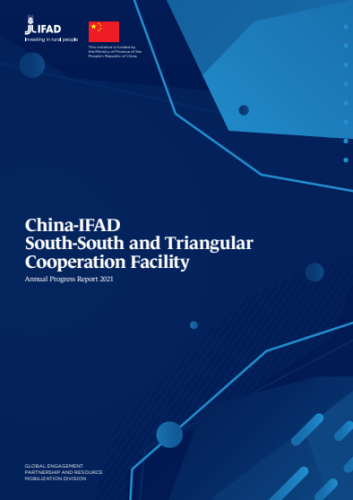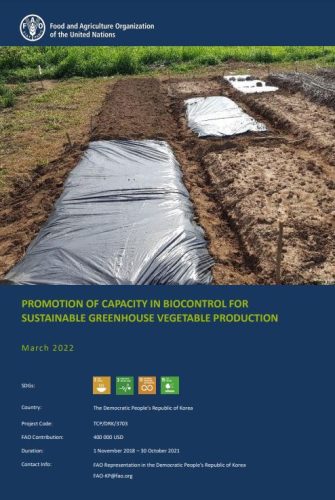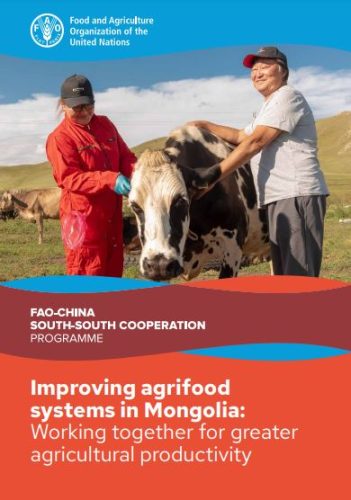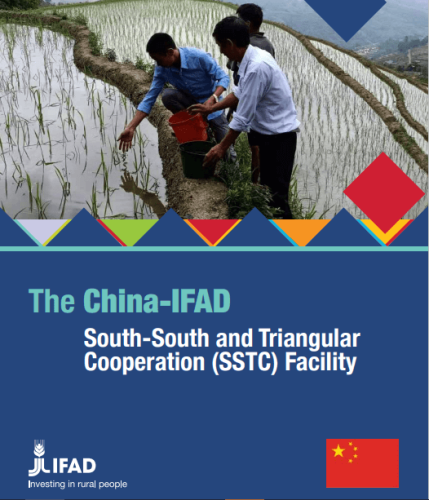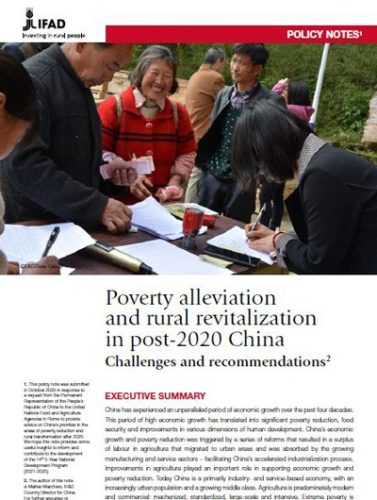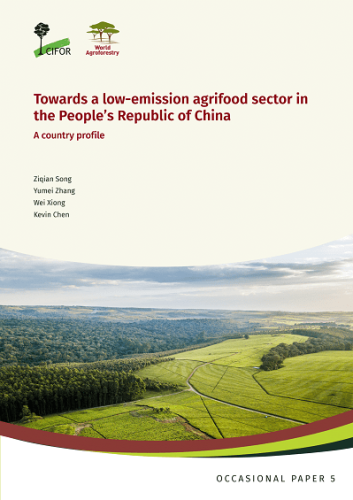
Towards a low-emission agrifood sector in the People’s Republic of China: A country profile
The global food system is responsible for 23 – 42% of total net anthropogenic emissions. The food systems of all countries need to be transformed to lower their emissions while producing sufficient, nutritious and healthy food. The Low-Emissions Food Systems (Mitigate+) Initiative aims to offer a comprehensive, evidence-based and holistic approach to reducing agrifood systems emissions. It explores possible pathways that reduce greenhouse gas emissions while enhancing food security and nutrition and livelihoods and preserving the environment. In this context, a set of country profiles are being developed opening avenues towards low-emission food systems. The present document focuses on China’s agrifood system.

